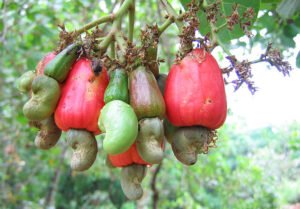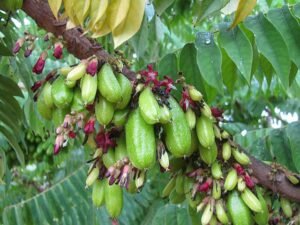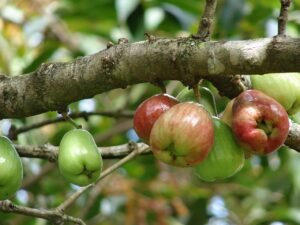Our Juicy Carambola (Starfruit)
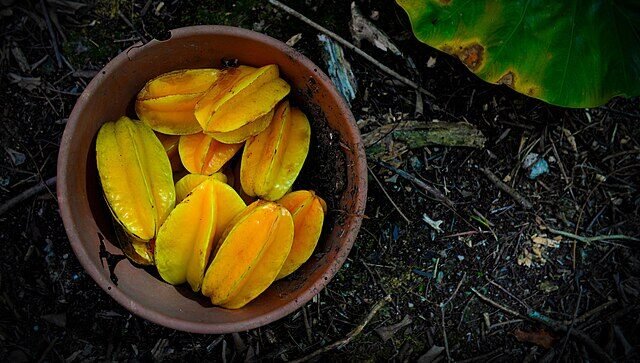
No one can say NO to a fresh, ripe Carambola. Firstly, this is a cool looking fruit – sunny-yellow and star shaped, it looks unreal when sliced and presented on a plate – there is no other fruit like it.
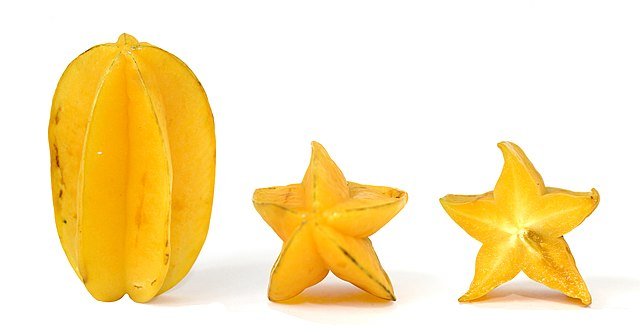
Starfruit delivers a layered taste—sweet with a crisp tartness, unlike anything else. In warm climates like ours, chilled slices make an ideal treat on hot afternoons, and juice from slightly unripe fruit offers a bright, thirst-quenching lift. But its versatility goes far beyond simple refreshment. Around the world, cooks have folded Starfruit into savory salsas, tropical salads, grilled dishes, and even desserts.
THE FRUIT
Carambola goes by many names—Five-Fingers and Jimbilin in Jamaica, Star-Apple, Belimbing in Southeast Asia, and Kamrakh in India. When ripe, the fruit turns bright yellow-orange; when ripening, it stays greenish-yellow. Its skin is thin, waxy, and edible. Inside, the flesh is crisp, juicy, and golden. Most fruits measure between 5 and 15cm long. While the five-pointed star shape is most common, some fruits show six or seven prongs. With a short shelf life, Carambola is best enjoyed soon after harvest.
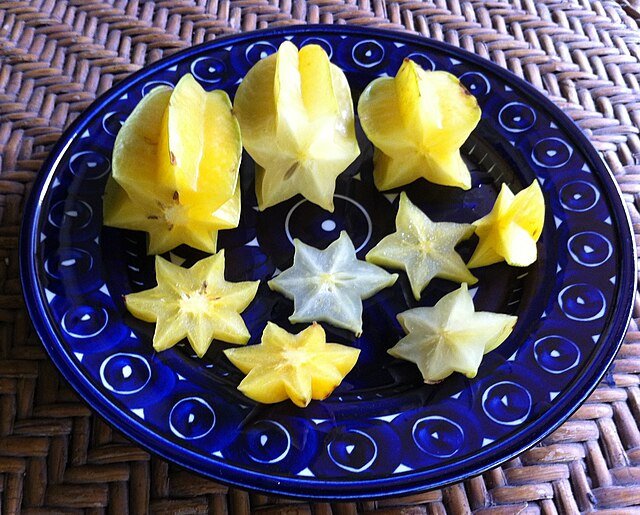
There are two main varieties – a smaller and more sour Starfruit that can be used for cooking & pickling, and a larger sweeter type that is used in cooking and salads but also juiced or consumed alone.
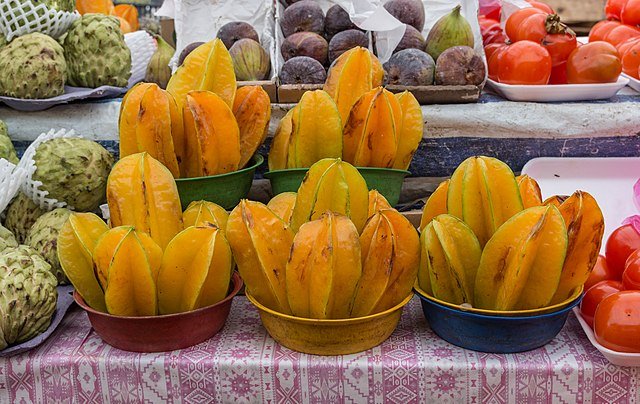
Carambola is one of Costa Rica’s the three ‘wet season’ fruit – the other two being Mamón Chino (Rambutan), and the Maracuyá (Passionfruit) – although the Carambola often fruits many times in a single year.

THE TASTE
Yes—every part of the Carambola is edible, from the waxy skin to the tiny seeds. The fruit contains no fibrous strands, making it crisp, juicy, and easy to enjoy. Its texture feels refreshing, almost like biting into chilled cucumber with a splash of citrus. The flavor profile is layered and intriguing. Some describe it as a blend of apple, grape, pear, and citrus. Others compare ripe Starfruit to the sweetness and tang of juicy Kiwifruit. Beneath the surface, you’ll notice tart and slightly sour undertones that balance the sweetness beautifully. It’s a fruit that surprises you with every bite.
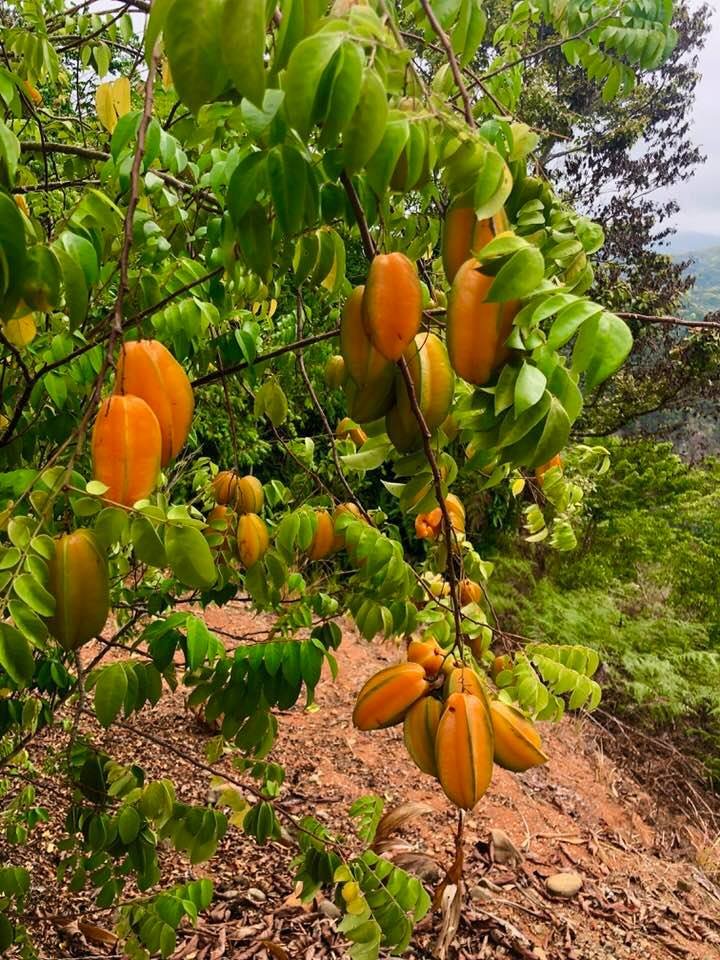
PREPARATION
A Slice of Heaven
Starfruit can be prepared in a number of ways – the simplest and quickest method is to simply serve a sliced fruit, either with the skin and seeds removed or not. In hot climates, cooling the Carambola makes for a sweet, refreshing and enjoyable snack.
A bit more preparation can add accenting flavors – spices like chili powder, cinnamon, nutmeg, cumin, turmeric, etc can be sprinkled on the fruit – this is up to individual tastes. In certain Asian countries Starfruit are enjoyed with a sprinkle of salt while in Jamaica, where the fruit is known as Jimbilin, they are dried and eaten like chips.
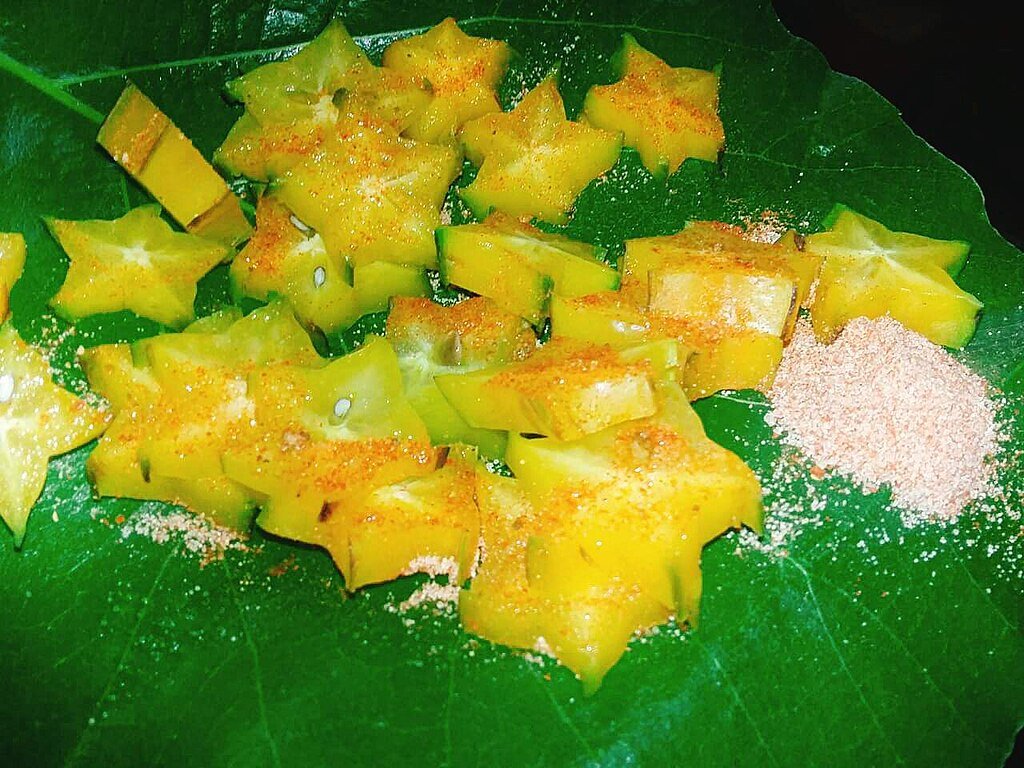
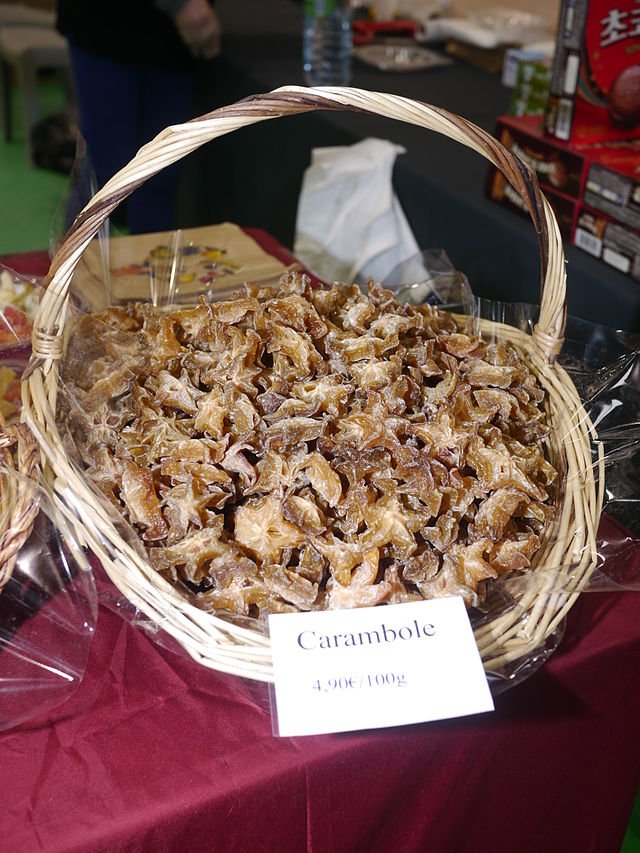
Salads
Carambola pairs beautifully with other tropical fruits. Toss it with papaya, dragon fruit, pineapple, and mango for a vibrant, refreshing salad that bursts with color and flavor. Its crisp texture and tangy-sweet taste balance richer fruits and add a bright contrast.
Thanks to its Asian roots, Starfruit often appears in relishes, sauces, and curries across hundreds of regional recipes. Its tartness cuts through spice and richness, making it a natural fit for savory dishes. It also complements fish and seafood—whether grilled, poached, or served raw—adding a citrusy lift that enhances delicate flavors without overpowering them.
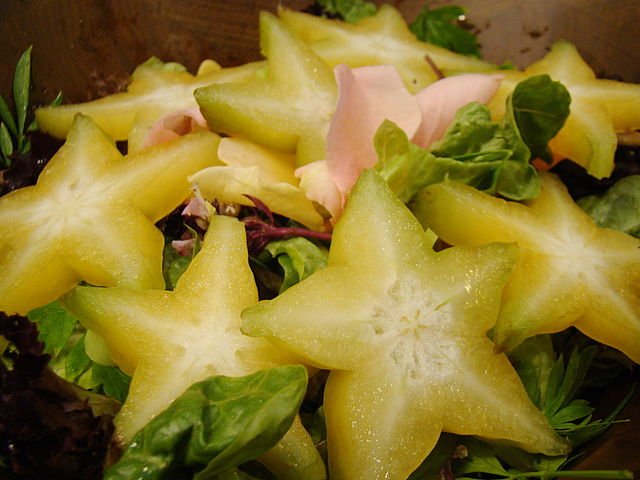
Jams & Spreads
Carambola chutneys, salsas and sauces are popular in many global cultures – the green Carambola varieties, or slightly unripe yellow Carambolas, are often used as the slightly sour & tart flavor is perfect for adding accents to the foods. Sweet or tart Starfruit jams can preserve the fruit for year-round use.
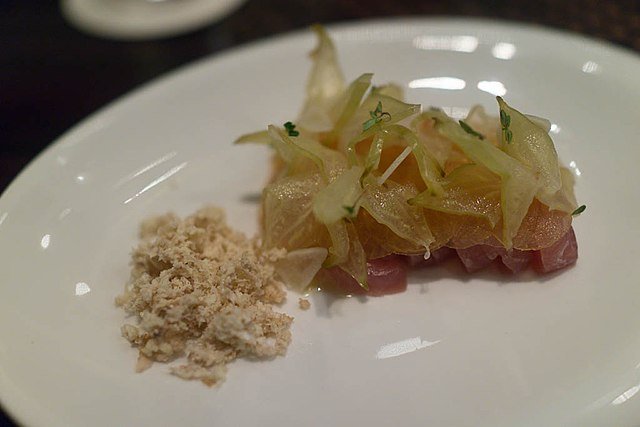
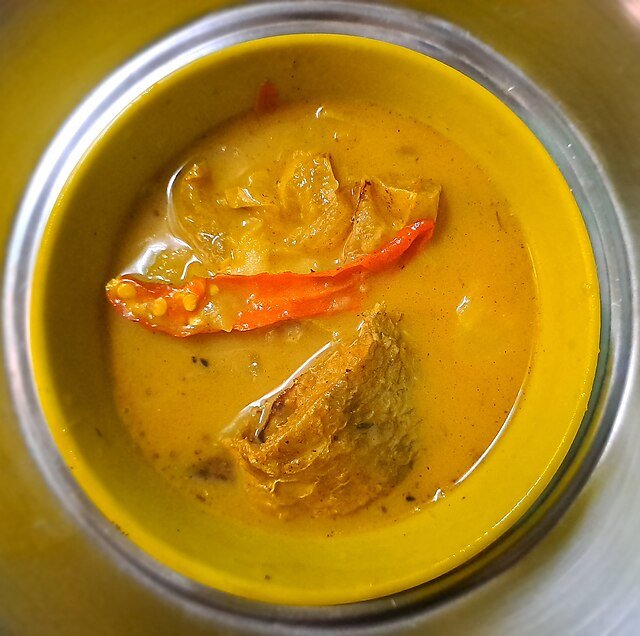
Juice & Drinks
Starfruit juice is a popular treat in Costa Rica, often made from slightly unripe fruit to balance sweetness with a crisp tang. Locals enjoy it on its own, blended with other tropical juices, mixed into smoothies, or stirred into cocktails. Its bright, complex flavor makes it a global favorite.
Popular drinks include the Starfruit Paloma and Starfruit Margarita, both of which highlight its citrusy edge. Many bartenders also use Starfruit slices as a garnish to elevate presentation. Try experimenting—add Carambola juice to a Zombie cocktail, which already features lime, lemon, pineapple, and passionfruit. You might just craft a signature drink worthy of your next backyard gathering.
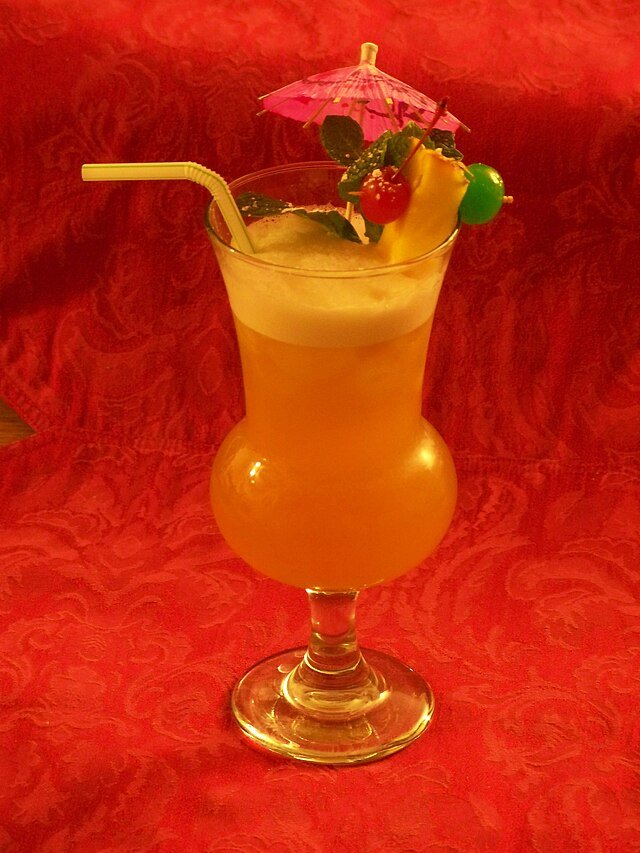
Or how about the Starboy – a cocktail created by the Weeknd to celebrate his 2017 ‘Legends of the Fall’ tour. The strong vodka and gin-based cocktail was developed in collaboration with Grey Goose. Different version include Starfruit juice or garnish while in others it is garnished with Star Anise.
MYTH & STORIES
In many cultures around the world the Carambola is associated with good fortune and good luck. Its sunny color and star shape has lead to association with celestial or mythical domains.
In Chinese mythology, the Moon Goddess Chang’e grows a Starfruit tree in her moon garden. Its fruit is thought to bring abundance and joy, and even the ability to grant wishes. One of the major goddesses in Chinese mythology, Chang’e appears in Chinese folk religion, Chinese Buddhism, Confucianism, and Taoism. Today, Chang’e is also the namesake of the Chinese Lunar Exploration Program. Her legends date back to over 3,000 years.
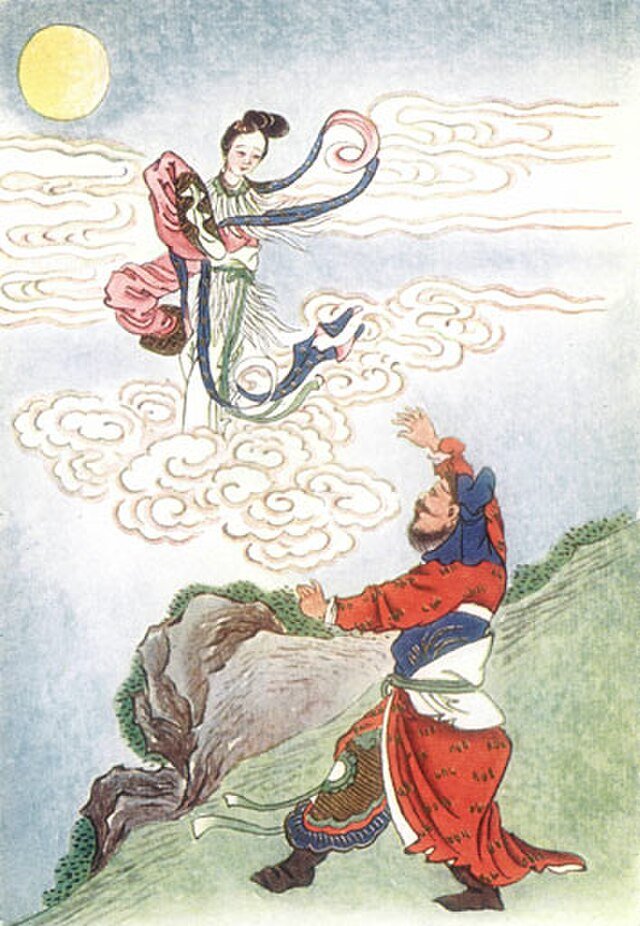
A contemporary Vietnamese tale, ‘The Golden Starfruit Tree‘, is a story of humility, contentment, fortune and greed – teaching the reader about the value of humbleness and the pitfalls of materialism. Interestingly China has her own version, called ‘The Magical Starfruit Tree‘, a story that is different but one which also teaches a lesson about the pitfalls of selfishness & greed.
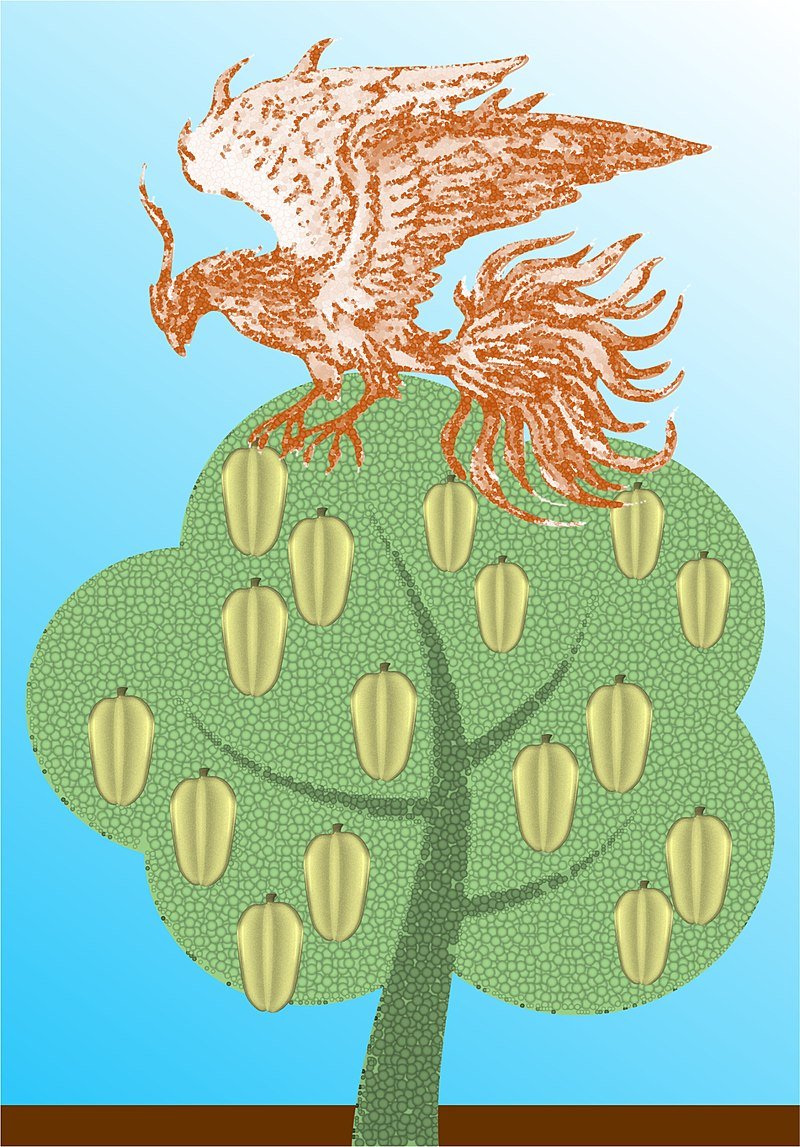
MEDICINAL PROPERTIES
The fruit has been demonstrated to show antioxidant, hypoglycemic (helps to lower and manage blood sugar levels), hypotensive (blood-pressure lowering), hypocholesterolemic (cholesterol lowering), anti‐inflammatory, anti‐infective, antitumor, and immune‐boosting effects. These benefits are due to very high fiber content and certain molecules present in the fruit. You can learn more about Carambola’s benefits from the National Library of Medicine.
Carambolas are very high in Vitamin C, and high in Vitamin B9, Magnesium, Potassium, Antioxidants, and Fiber.
As always, be careful and consult a doctor before using the Starfruit for its medical properties – and be especially careful if you plan to consume high amounts of the fruit, or if you have kidney issues.
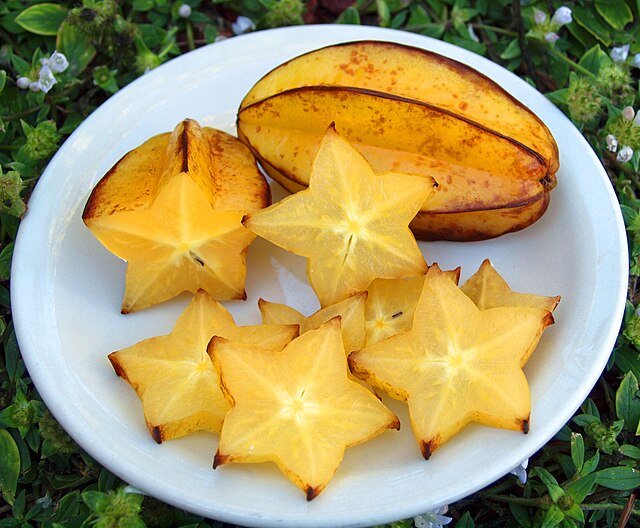
STARFRUIT TREE
Carambola trees thrive in tropical climates. They need steady warmth, full sun for 6–8 hours daily, and over 1,800mm of annual rainfall. You’ll find them growing up to 1,200 meters in elevation. With ideal conditions, the tree grows quickly and starts fruiting within four years. A healthy tree can yield up to 180kg (400 lbs) of Starfruit each year, thanks to multiple flowering and fruiting cycles.
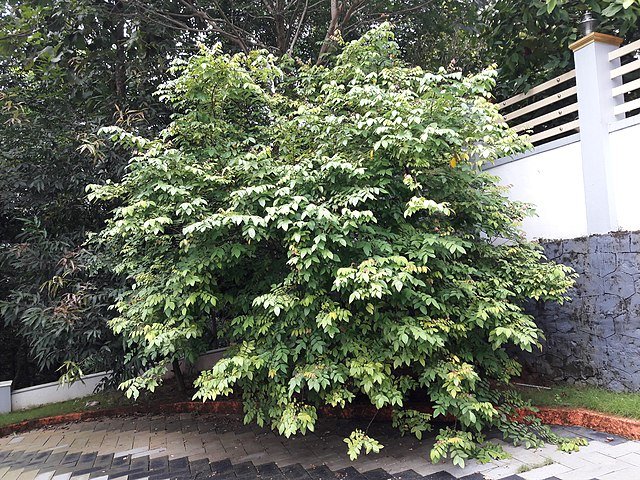
Reaching 9 meters, or 30 feet, in height, the Starfruit is a medium-sized tree.
The tree stands out as a popular ornamental choice. Its lush green leaves, golden fruit, and soft lavender blooms create a vivid and elegant display. Regular pruning helps maintain its shape, boosts fruit yield, and protects its health by clearing away damaged or dying branches.
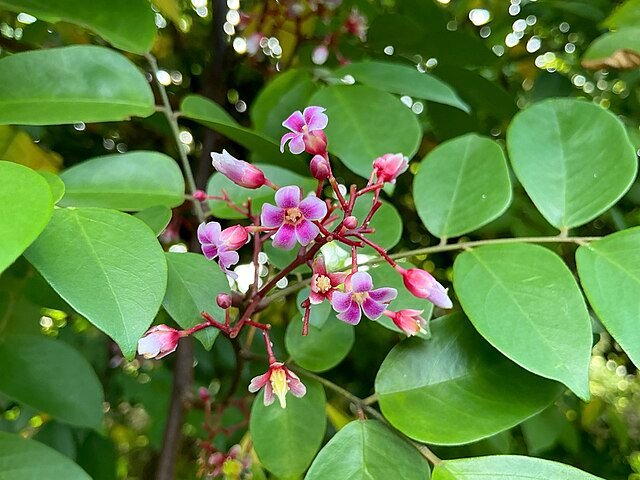
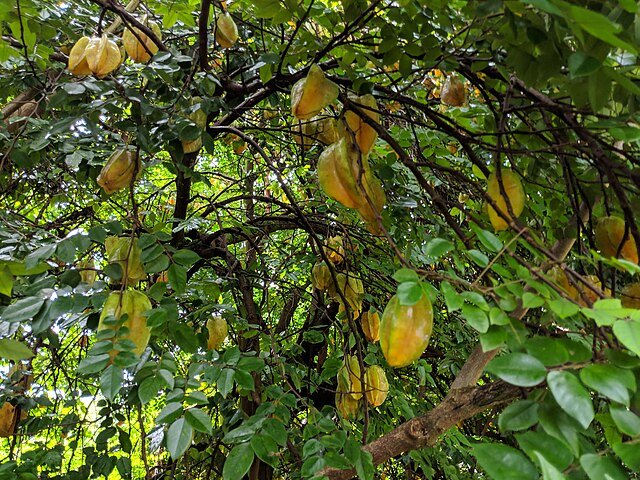
OXALIC ACID
Like the Bilimbi, Starfruit is rich in Oxalic acid – this makes the juice useful in de-greasing machinery and cleaning stains, especially rust stains. It is also used industrially to set fabric dyes.
Like Bilimbi, Starfruit deserves moderation—especially for those with kidney concerns. Oxalic acid binds to minerals like calcium and forms oxalates. This process may trigger kidney stones in vulnerable individuals. The fruit’s edges, close to the skin, hold the highest levels of oxalic acid. Trimming these parts lowers the acid content significantly, though it doesn’t remove it entirely.
STARFRUIT & COSTA RICA
Carambola first grew in the humid tropics of Southeast Asia. Traders and explorers carried it to the Indian subcontinent, Oceania, Pacific Islands, and eventually to tropical South and Central America. Today, farmers cultivate it across the tropics, and in some regions, it spreads so aggressively that it risks becoming invasive.
In Costa Rica, the tree thrives in warm lowlands with steady rainfall. In areas with a dry season—especially Tropical Savannah and Monsoon zones—regular watering helps. Drip irrigation works especially well, and with proper care, the tree produces two or more generous harvests each year.
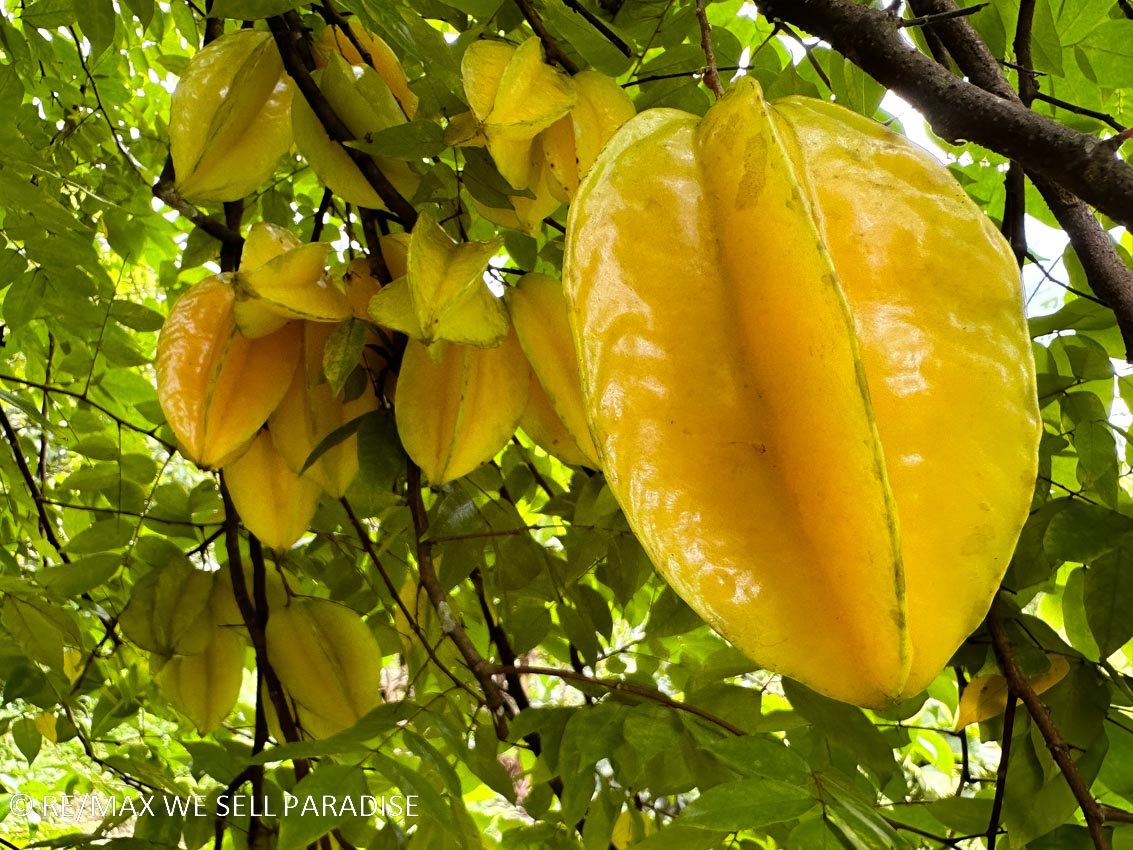
Try placing a few starfruit slices outside on a raised surface. Butterflies love them—especially the dazzling Blue Morpho. They swarm to fruit that’s soft or rotting. So skip the compost bin. Set out your overripe Carambolas and treat your chilly-weather guests to a tropical butterfly display.
Our tropical area boasts untold variety of strange, exotic, and tasty produce – a visit to a local fruit stall will leave you speechless! Imagine living in a beautiful, tropical land where each day brings an explosion of new tastes and wonder – you can make this dream a reality much quicker than you think! Take the first step by browsing our local property listings here. RE/MAX WE SELL PARADISE is your trusted partner in this land of exotic and tropical culinary delights – we are waiting for your call!

